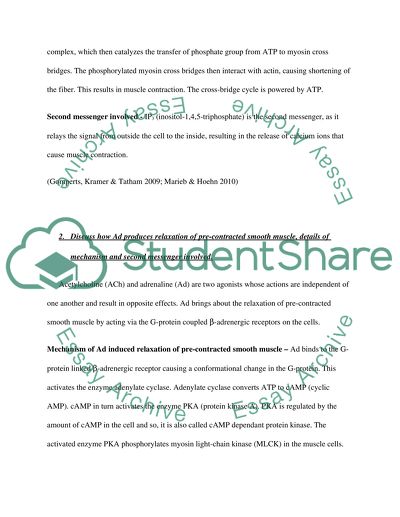Competitive Antagonism Essay Example | Topics and Well Written Essays - 500 words. Retrieved from https://studentshare.org/biology/1586765-competitive-antagonism
Competitive Antagonism Essay Example | Topics and Well Written Essays - 500 Words. https://studentshare.org/biology/1586765-competitive-antagonism.


